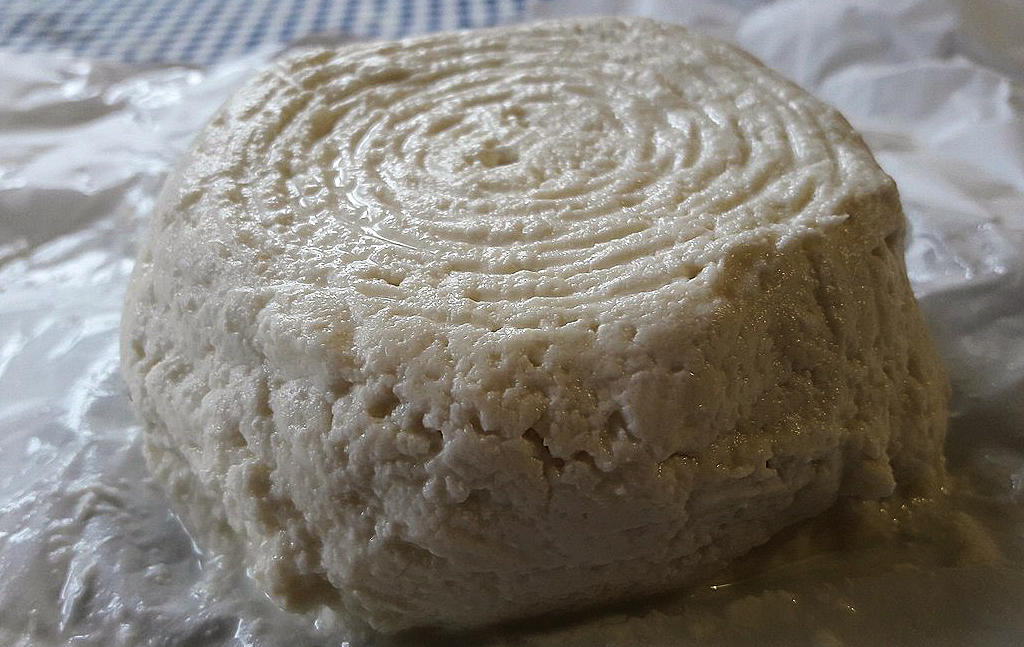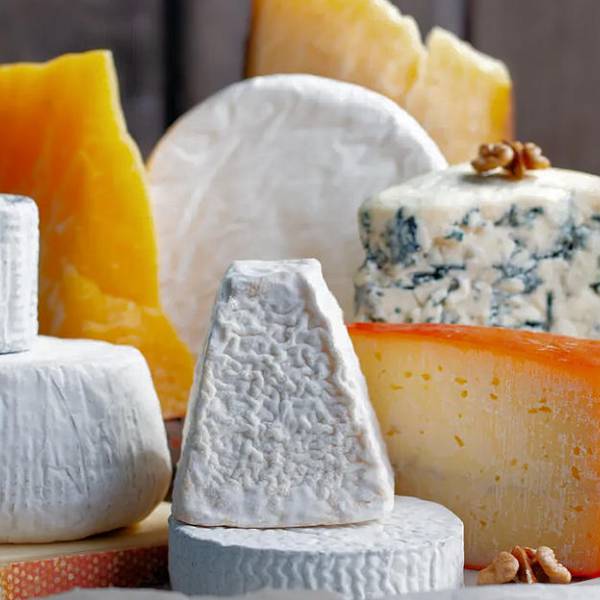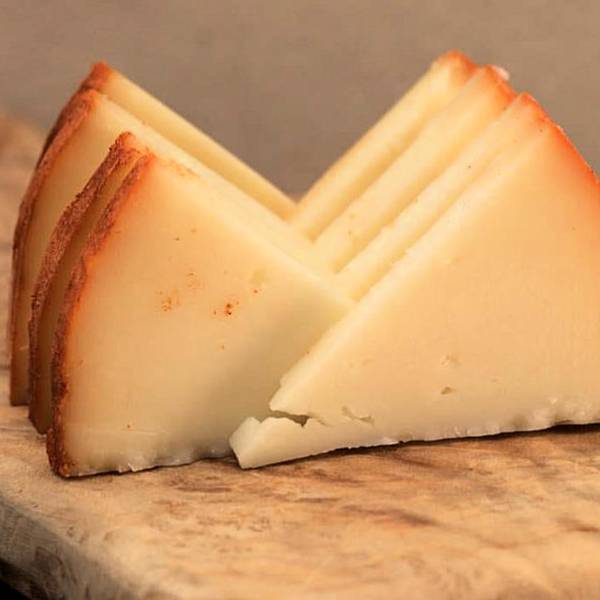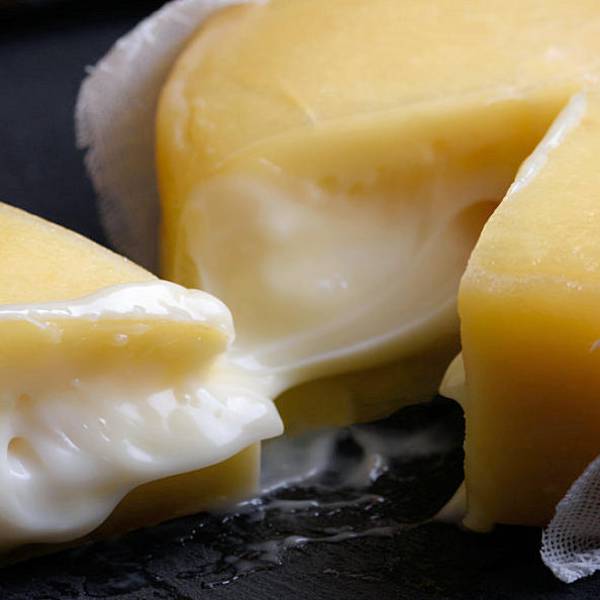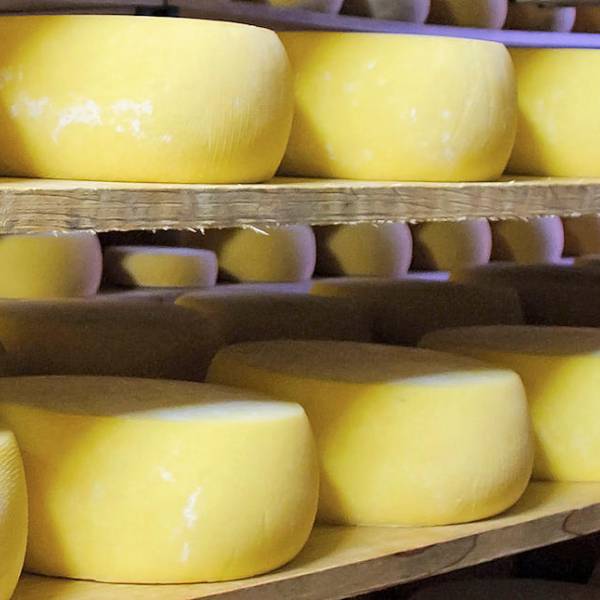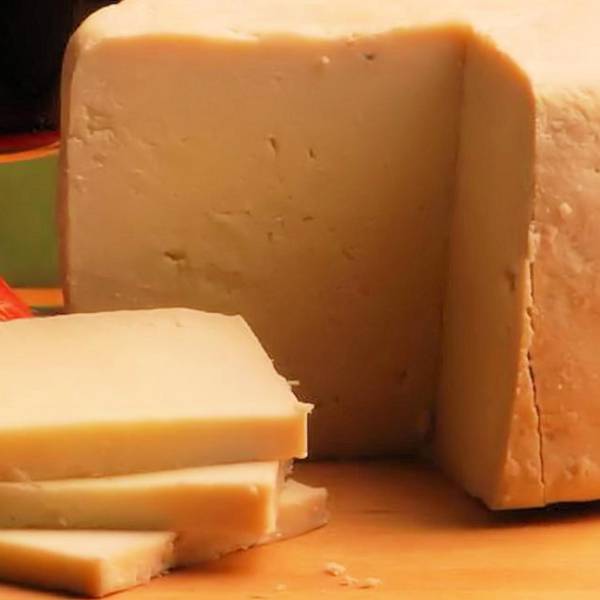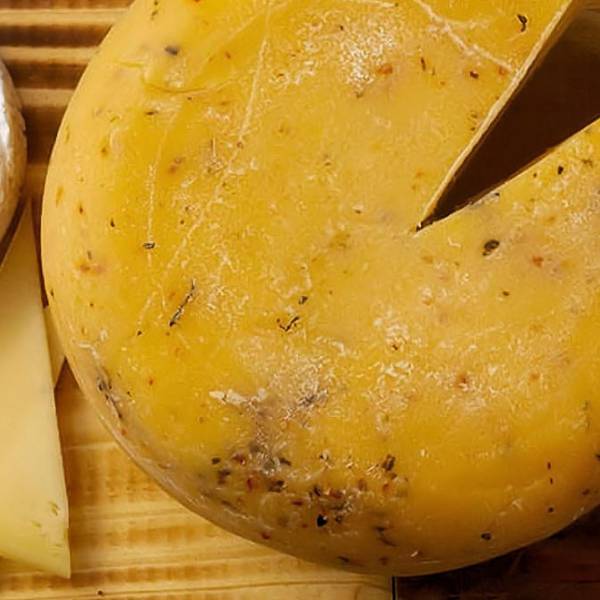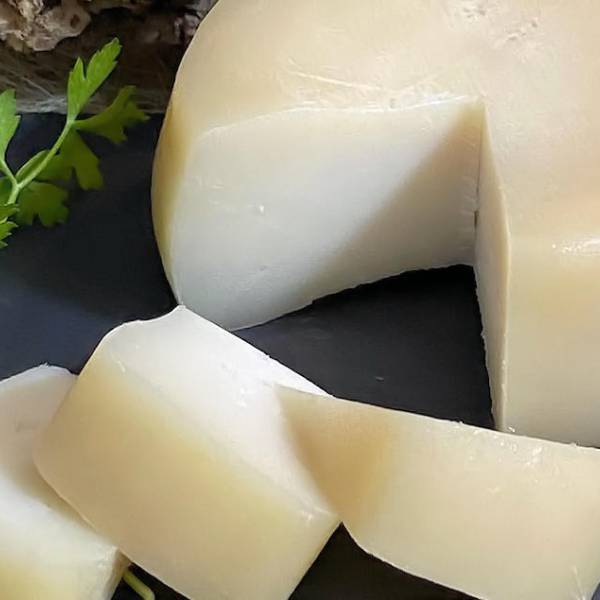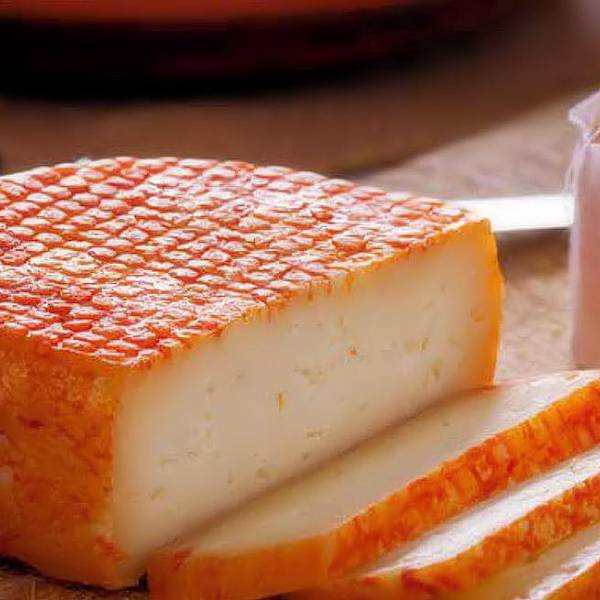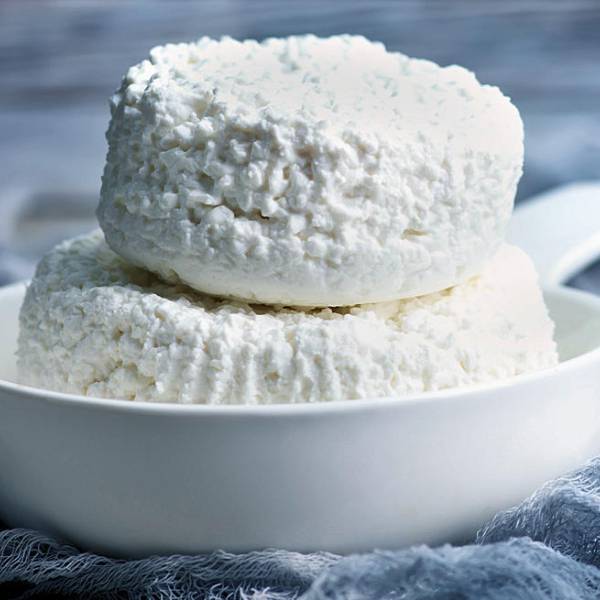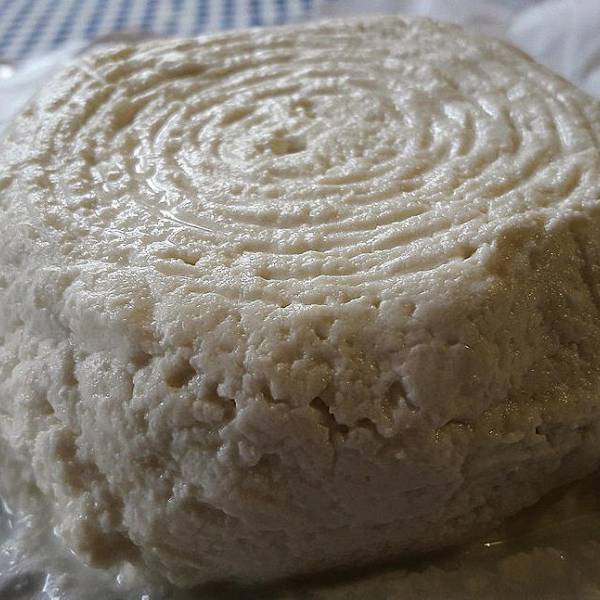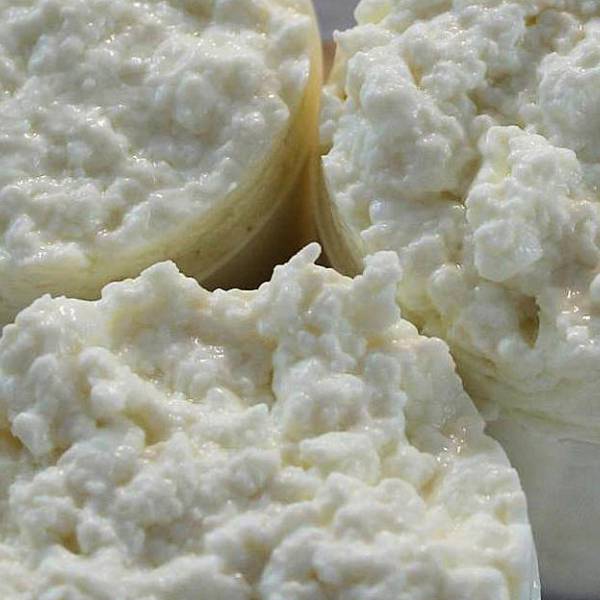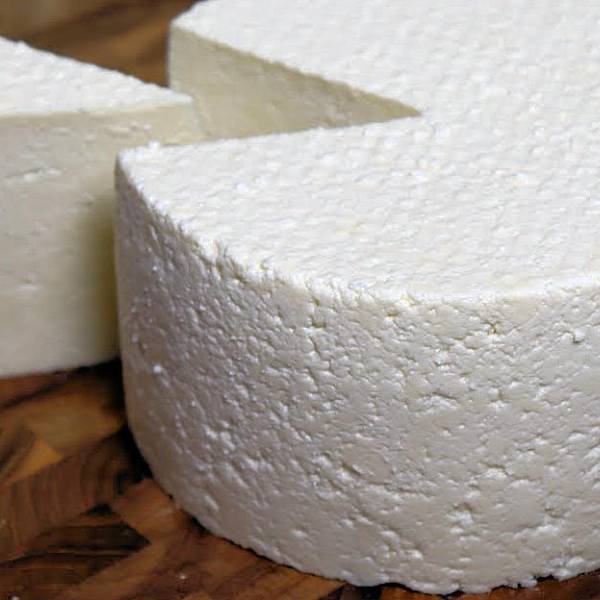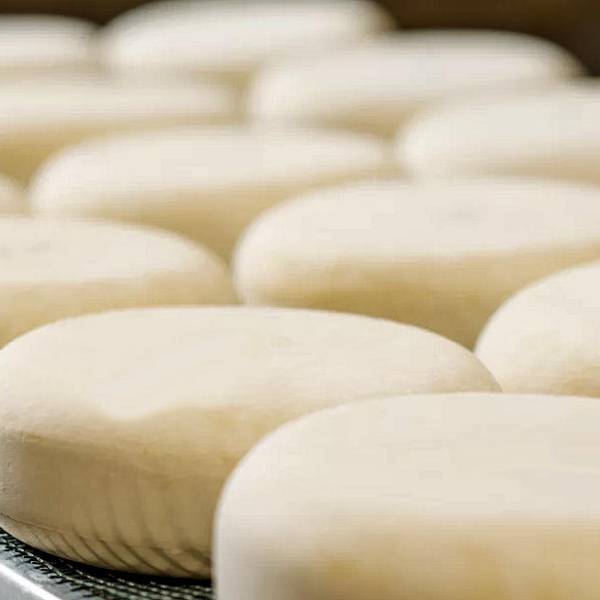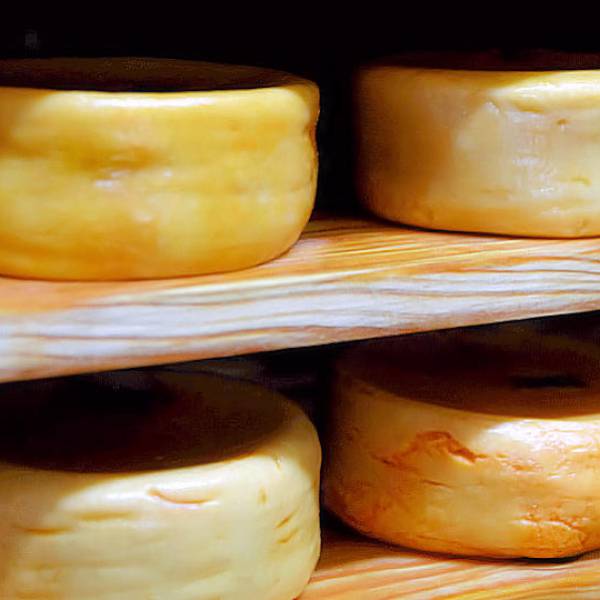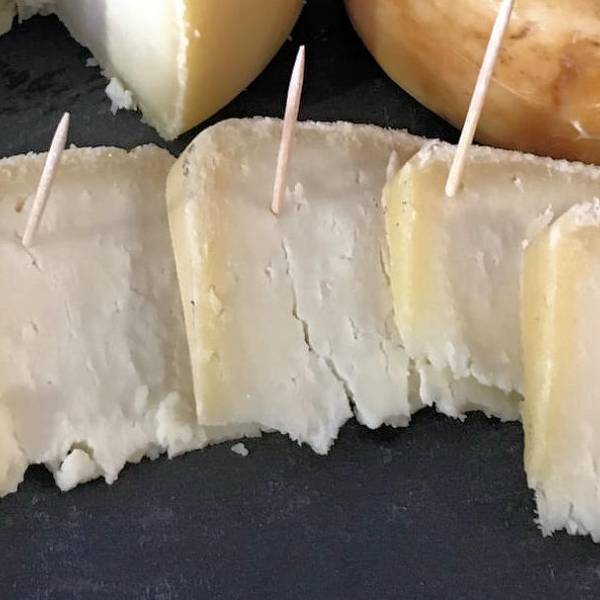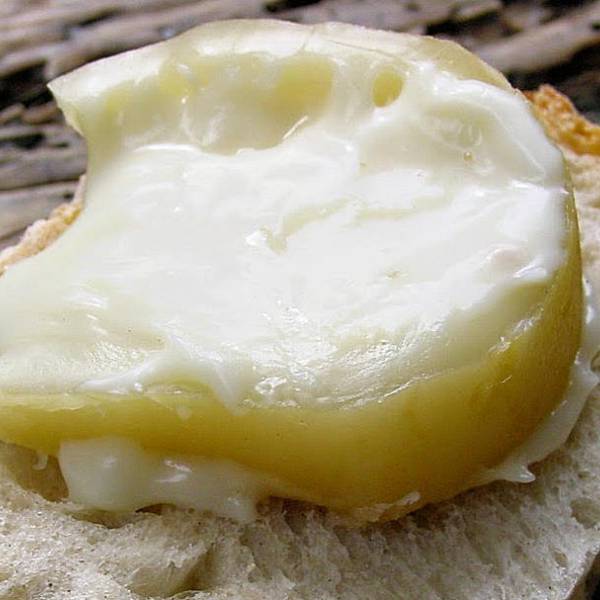What makes Queijo Fresco de Cabra Transmontano truly special is not just its taste but also its nutritional value. Packed with protein, calcium, phosphorus, vitamins A and B2, and beneficial fatty acids, this cheese offers a healthful indulgence. Additionally, it is low in lactose and cholesterol, making it suitable for those with lactose intolerance or individuals who strive to maintain healthy cholesterol levels. Pairing this cheese with other local delicacies such as honey, olive oil, bread, wine, or fruit creates a symphony of flavors that truly represents the essence of the region.
The roots of Queijo Fresco de Cabra Transmontano can be traced back to the Middle Ages when the Moors introduced goat farming to the Trás-os-Montes region. The goats thrived in the harsh climate and terrain, becoming a vital resource for the local population. Milk was transformed into cheese, offering a means of preservation and added value. This cheese, a staple food for farmers and shepherds, sustained them during their arduous work in the fields or while traversing the rugged mountains with their herds.
Traditionally, cheese production was predominantly carried out by women who meticulously followed age-old techniques. The process involved filtering the milk through cloth bags, heating it to 35°C, adding rennet (a natural enzyme extracted from goat stomachs), stirring and cutting the curd, draining it in molds lined with cheesecloth, salting it by hand or in brine, and storing it in cool and humid places. The cheese was crafted in small batches, adapting to the availability of milk and the demands of the local market. It was either sold within the community or traded with neighboring regions and countries.
As time passed, Queijo Fresco de Cabra Transmontano garnered recognition and popularity, particularly after the 18th century when it found its way to Brazil. Portuguese colonists in Brazil developed a deep appreciation for this cheese, cementing its place in their gastronomic culture. Additionally, it made its mark in other regions of Portugal, such as Minho and Douro Litoral, where it became a vital ingredient in beloved dishes like Caldo Verde, a soup made with potatoes, kale, and chorizo, and Aletria Doce, a dessert featuring vermicelli pasta cooked in milk.
Lisbon.vip Recommends
Queijo Fresco de Cabra Transmontano offers a multitude of delightful culinary experiences. Whether enjoyed as an appetizer or snack alongside crusty bread or delicate crackers, as a dessert complemented by drizzles of golden honey or spoonfuls of vibrant jam, or as a versatile ingredient enhancing salads, sandwiches, soups, or pasta dishes, this cheese never fails to captivate and please.
Indulge in the captivating flavors of Queijo Fresco de Cabra Transmontano and embark on a sensory journey through the rugged landscapes and rich cultural heritage of northern Portugal. Let this remarkable cheese transport you to the heart of Trás-os-Montes, where tradition, quality, and authenticity blend harmoniously to create a truly exceptional culinary experience.


